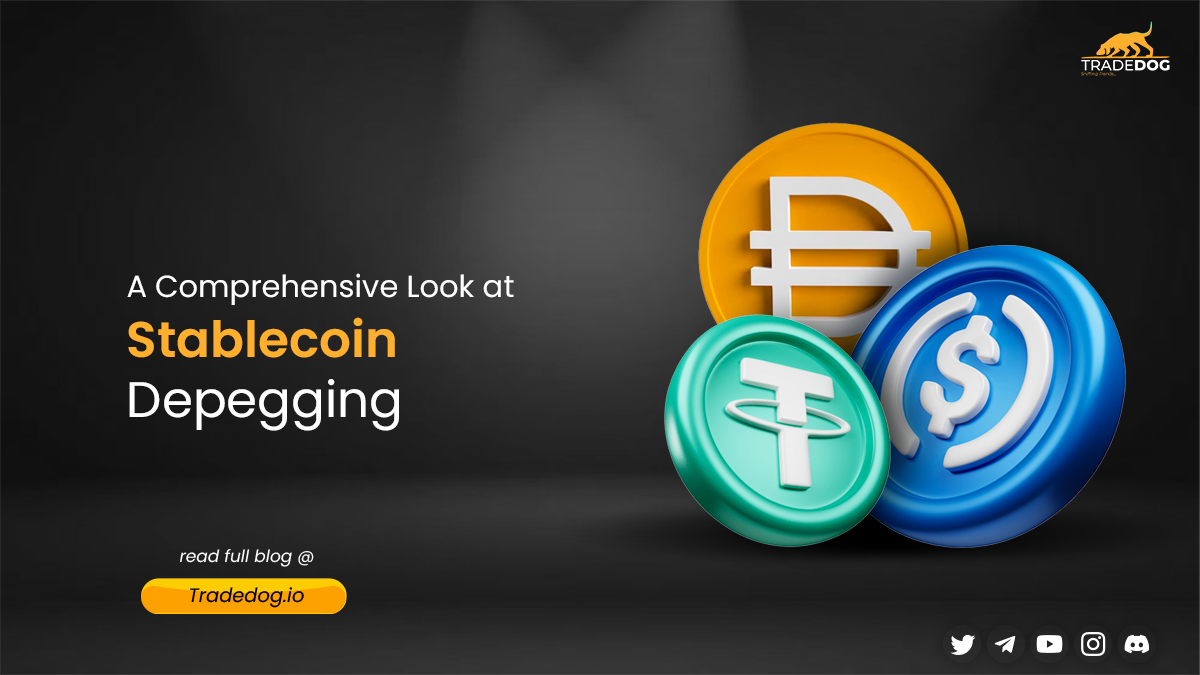In the rapidly evolving landscape of finance, a transformative revolution has been brewing. Traditional banking systems have long held the reins of economic power, but in recent years, decentralized finance (DeFi) has emerged as a formidable challenger. DeFi and its counterpart, centralized finance (CeFi), represent two distinct paradigms, each with strengths and weaknesses. This blog will delve into DeFi and CeFi, exploring their key differences, advantages, and potential future impact on the financial industry.
Centralized Finance (CeFi)
CeFi, short for “Centralized Finance,” refers to the traditional financial system and institutions that operate within a centralized framework. In CeFi, intermediaries such as banks, credit unions, brokerage firms, and other established financial institutions facilitate financial transactions and services. These intermediaries play a pivotal role in managing and overseeing various economic activities. Key Features:
- Trusted Intermediaries – CeFi relies on trusted intermediaries to manage and oversee financial activities. These intermediaries are subject to regulatory oversight and must adhere to legal and compliance standards.
- Security and Accountability – These platforms prioritize security measures to safeguard user funds and data. They have robust security protocols and offer customer support and dispute resolution.
- Access to Traditional Services – These institutions provide access to a wide range of traditional financial services, including savings accounts, loans, insurance, and investment opportunities.
- Regulatory Compliance – To prevent illicit activities, ceFi entities must comply with regulatory requirements, including anti-money laundering (AML) and know-your-customer (KYC) regulations.
- Physical Presence – Many CeFi institutions have physical branches and offices, offering face-to-face customer interactions. This presence can reassure those who prefer in-person banking and financial consultations.
Decentralized Finance (DeFi)
DeFi, short for “Decentralized Finance,” refers to a financial ecosystem built on blockchain technology that aims to recreate and improve traditional economic systems using decentralized, peer-to-peer networks. In DeFi, financial services and products are developed and operated through smart contracts and decentralized applications (dApps) on blockchain platforms like Ethereum. Key Features:
- Decentralization – DeFi operates on decentralized blockchain networks, eliminating the need for intermediaries. Smart contracts automate and execute transactions without the need for a central authority.
- Accessibility – It is available to anyone with the internet, so even people who don’t have access to traditional banks can use it for their financial needs.
- Transparency – All transactions on DeFi platforms are recorded on a public blockchain, ensuring transparency and auditability. Users can verify transactions and contracts independently.
- Programmable Money – DeFi allows for programmable money through smart contracts, enabling the creation of innovative financial products and services.
- Interoperability – DeFi protocols are often designed to work together seamlessly, allowing users to move assets and data between different platforms and applications within the DeFi ecosystem.
Comparative Analysis
| Aspect | Centralized Finance (CeFi) | Decentralized Finance (DeFi) |
| Trust Model | Trusted intermediaries | Trustless, code-based transactions |
| Security | Relies on institutional security | Blockchain-based security measures |
| Accessibility | Geographic and eligibility limits | Open to anyone with internet access |
| Transparency | Limited transparency | Full transaction transparency |
| Regulatory Compliance | Strict regulatory compliance | Regulatory ambiguity |
| Innovation | Slower innovation cycle | Rapid development and innovation |
| Risk Management | Established risk protocols | Personal responsibility |
| Ownership of Funds | Custodial control of user assets | Non-custodial, users control funds |
| Intermediaries | Multiple intermediaries | Direct peer-to-peer transactions |
| Fees | Fee structures set by institutions | Variable fees, often lower |
| Market Hours | Mostly limited to few hours a day | Open 24 hours a day |
The Future of Finance
The DeFi vs. CeFi debate is far from a winner-takes-all scenario; instead, it represents a complex and evolving landscape where both approaches have their merits and roles in shaping the future of finance.
Centralized Finance (CeFi) institutions possess a wealth of experience, established reputations, and regulatory compliance, making them reliable financial pillars. They cater to a broad clientele and offer users a sense of trust and familiarity. CeFi’s robust risk management protocols, insured deposits, and established dispute resolution mechanisms are vital to financial stability.
On the other hand, Decentralized Finance (DeFi) introduces innovation and disruption. It provides financial inclusivity, transparency, and accessibility to a global audience. Smart contracts on blockchain networks automate transactions, reducing the need for intermediaries. However, DeFi presents unique challenges, including smart contract vulnerabilities and a less-defined regulatory framework.
In the future, CeFi will continue serving as a trusted gateway for traditional financial services, while DeFi will expand its reach, offering novel financial products and services. The two worlds may converge as CeFi institutions explore blockchain technology and DeFi platforms adopt regulatory compliance measures. Ultimately, their coexistence will shape a diversified financial landscape where users can choose the best approach with their needs and preferences.













